Which is Better, NiMH or Li-on or Li-Po
We understand that by offering a variety of battery types, this may be confusing, especially if you are new to electric models, or are confused by the differences between NiMH, Li-on and Lipo. Please take a moment to read below to help you decide. You can change battery type at any time in the future, regardless of your chosen power train.
| Battery Type |
Appox Lifetime |
Charge time (USB) |
Charge time (Intelligent) |
Runtime |
Top Speed |
| NiMH |
1-3 years |
6 hours |
3 hours |
15-20 Mins |
25MPH |
| Li-on |
1-5 years |
8 hours |
1.5 hours |
20-30 Mins |
30MPH |
| Li-po (2S) |
1-5 years |
8 hours |
1.5 hours |
30-40 Mins |
40MPH |
| |
|
|
|
|
|
What do the numbers mean?
Apart from the voltage which is usually fixed, there are two numbers to be aware of when choosing a battery. These are the mAh number and the C number. For example, a battery may be listed as 6000mAh 80C.
In simple terms, let's compare these to a water tank, and a bath. So 6000 mAh number is the size of the water tank (how much it can hold). The bigger the mAh number, the bigger the storage tank, and therefore the longer the model runtime before it needs recharging.
The 80C number is the size of the pipe that water (or energy) will flow along. So again the bigger the number, the wider diameter the pipe will be and the quicker water will fill the bath, or in this case, electricity will flow. this will usually have an effect on the acceleration rate of the model rather than top speed. most NiMH batteries will not have a C number as they cannot provide a burst of power.
While one isn't technically "better" than the other, there are a number of significant differences between the three chemistries. On the performance scale, Li-ion and Li-po batteries outperform NiMH in most categories. They have a longer overall life cycle of five years, compared to the NiMH life cycle of two to three years. Li-ion and lipo batteries also charge much faster, perform better in extreme temperatures and hold their charge for much longer than NiMH batteries. Lipo batteries, are the technology used in commercial electric cars, and are much better at providing continual prolonged performance.
All batteries should be charged in a ventilated area, and if possible in a shed or outside building. It is good practice to use a battery-safe bag, which is a fireproof bag designed to contain a fire and give you time to react accordingly in the event of a fire. Li-on and Li-po batteries must not be left fully charged for prolonged periods of time (over a week) as they can start to degrade and swell. in this case, the battery must be discarded, as it could be a fire risk.
NiMH options, on the other hand, are much lower in cost than Li-ion and Lipo batteries. They need very little maintenance and are more environmentally friendly.
This guide is by no means comprehensive and is provided to give you some guidance when making your purchase. If you are in any doubt, or have any questions, please give us a call to discuss options.
All depleted batteries, batteries that have swelled, or been damaged must be disposed of at an appropriate facility.



